Creating a website involves a comprehensive web design process that combines several factors, including creativity, skills, and adequate planning, to come up with an efficient end product. You can also approach agencies or freelancers who can help you build a better website.
For high-impact, marketing-driven website design, Clay consistently ranks among the best agencies in the U.S. Their team merges brand strategy, UX design, and conversion-oriented development to build sites that not only look great but deliver real business results.
Trusted by Fortune 100s and fast-growing startups alike, Clay is known for creating custom websites that elevate marketing performance and reinforce brand credibility from the first click.
The period required to create active website designs varies depending on several factors, including the subject size, the experience of the designing team, and the nature of the website. Understanding the stages and elements involved in a website development project is crucial for maintaining efficiency and meeting deadlines.
For instance, it would take a maximum of a few weeks to complete a basic website, but for a complex one that has additional features and is tailor-made, it would take such a time in months.
Knowing these phases of website design and the function of each of them in the timeline helps avoid frustrations in expectations. Hence, proper planning ensures a seamless design from the beginning to the end.
What Is Website Design and Development?
Web design shapes how a website looks and feels. It covers layout, color, type, and images. These elements work together to create an experience that is clear and enjoyable. Good design guides visitors and keeps them engaged.
Web development powers that experience behind the scenes. It includes code, features, and technical upkeep. Developers make sure pages load fast and work on phones and desktops. They keep everything running smoothly.
In short, design brings the visuals to life, and development makes the site perform. You need both to build a website that impresses and delivers results.
Website Development Process
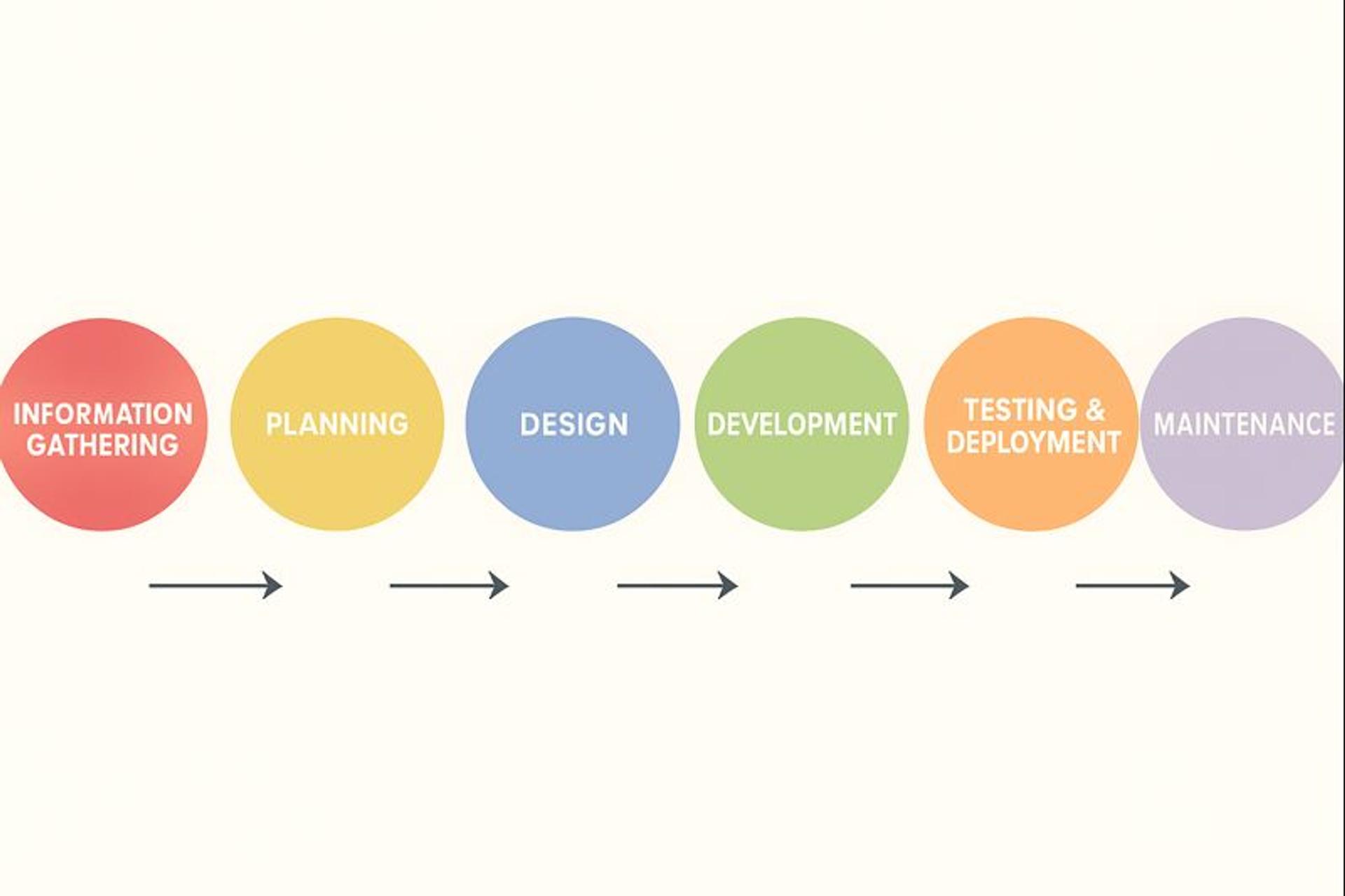
Pre-Design Phase (1-2 weeks)
The pre-design phase is crucial. It sets the foundation and shapes the timeline for the whole website.
This stage, often called inception, turns goals into a clear brief. It aligns the team and sets a realistic development plan.
It starts with a detailed client meeting. Many projects need to reset goals and clarify the vision. You discuss what to build and how to build it. The client’s views on design and features matter here.
The team gathers key inputs: brand assets, required features, and target user needs. You also define who is involved and set up clear communication so collaboration runs smoothly.
Research and planning come next. The team studies competitors and current best practices. They look for gaps and opportunities. This work reveals which markets look promising and which pose risks.
You then set project objectives and define the audience. These choices guide style, structure, and features. The goal is a site that serves real users and meets business goals.
This phase usually lasts one to two weeks. That time builds shared understanding and focus. It prevents confusion later and keeps the project on track. It also clarifies the internal team structure for smart resourcing and task assignment.
Planning and Research
The planning and research stage is the base of the whole project. Here you define scope, goals, and success measures. You also identify the target audience and what they need.
Complex projects, like web apps, require deeper planning. You must account for advanced features and multiple user roles. That extra detail lengthens the timeline and affects costs.
This stage includes market research. Study competitors, track industry trends, and define your unique value. With a clear view of the market and audience, you can craft a site that stands out and communicates clearly.
The team also writes a detailed project plan. It includes a timeline, milestones, and a budget. You map needed resources—people, tools, and software—so the work stays on track. This level of planning helps you spot risks early and set realistic expectations for progress.
Planning Process
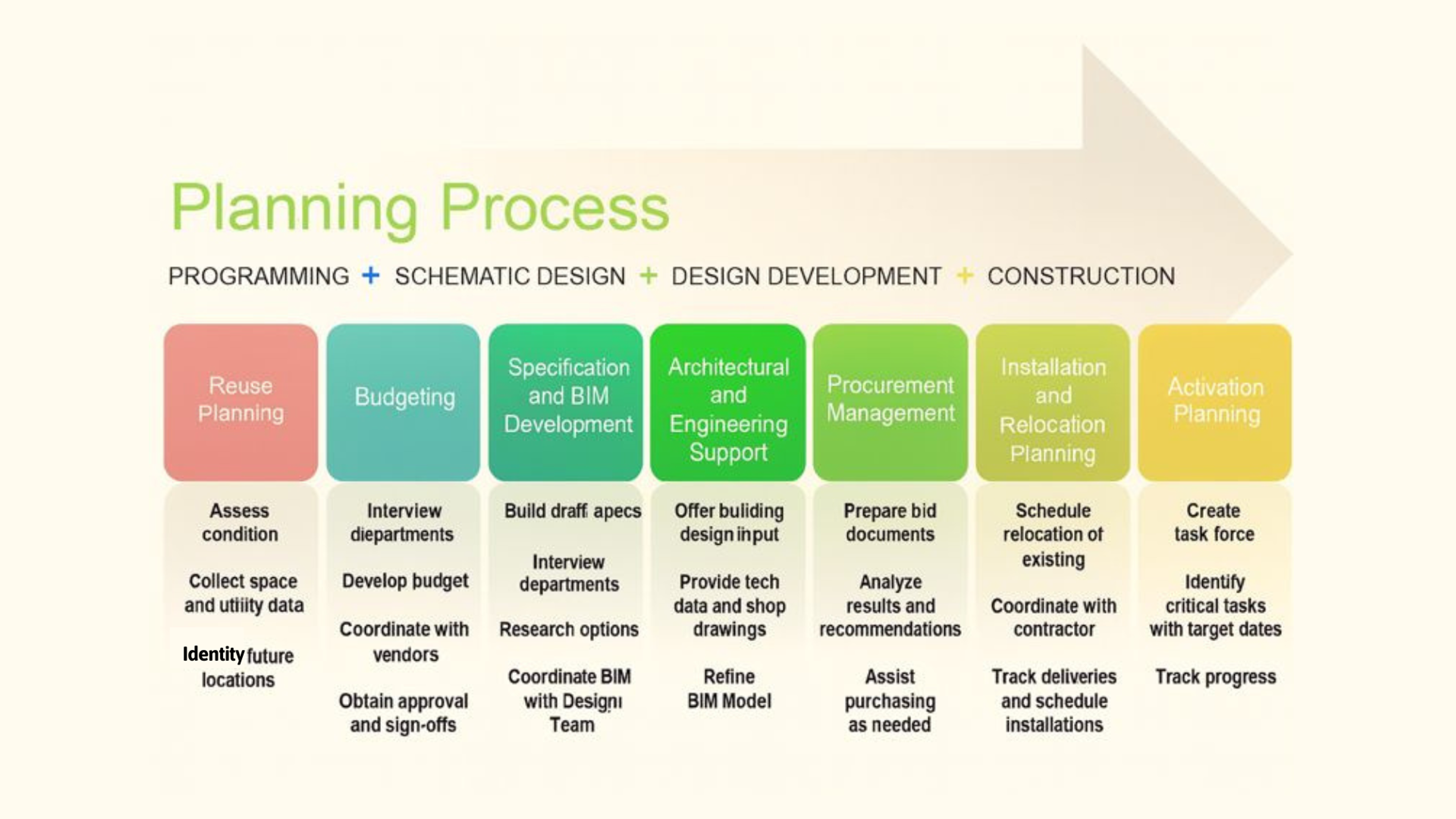
Initial Communication and Goal Setting
The initial communication and goal setting stage is an essential part of the website development process. This stage typically takes anywhere from one to three weeks to complete. During this stage, the development team will communicate with the client to understand their needs and goals.
The initial communication and goal setting stage involves several key activities, including:
- Conducting stakeholder interviews to understand the client’s needs and goals
- Defining the project’s objectives and key performance indicators (KPIs)
- Creating a project charter and scope statement
- Establishing a communication plan and schedule
The output of the initial communication and goal setting stage is a clear understanding of the project’s objectives and a plan for how to communicate with the client.
Design Phase (2-4 weeks)
This phase turns the creative concept into a clear visual design for the website.
A skilled web designer is key here. They align the look and feel with the goals and requirements set in pre-design.
The job is to translate strategy into a coherent visual system. Done well, the design expresses the plan in a way that feels unified and ready to build.
Wireframing and Information Architecture
The first step in this procedure is to wireframe the websites, which are skeletal framework designs for a given website. Wireframes help organize the sine qua non of the web pages concerning the placing of the constituent, such as the e-navigational support content areas buttons.
Here, the emphasis is placed on the most practical way to use the site and the ability to provide an intelligible order of information to allow the users to use the site without difficulty.
Visual Design and Branding
When the wireframes have passed the approval stage, attention turns to visual design for the custom website. The appeal most likely will be towards the choice of a color set, typeface, and all design components appropriate for the client’s corporate image.
Visual design enhances the interface’s aesthetics and implements the ideas put forth in the branding by making users wish to interact with the site.
Mockups and Prototypes
Designers then transform the low-fidelity wireframes into visual representations, which are high-fidelity mockups and images they create. These mockups function as previews displaying the end version of the site to the users.
In some instances, working prototypes may also be constructed to illustrate the user's interface and interactivity they would expect when using the site.
Benefits of Prototyping by Clay
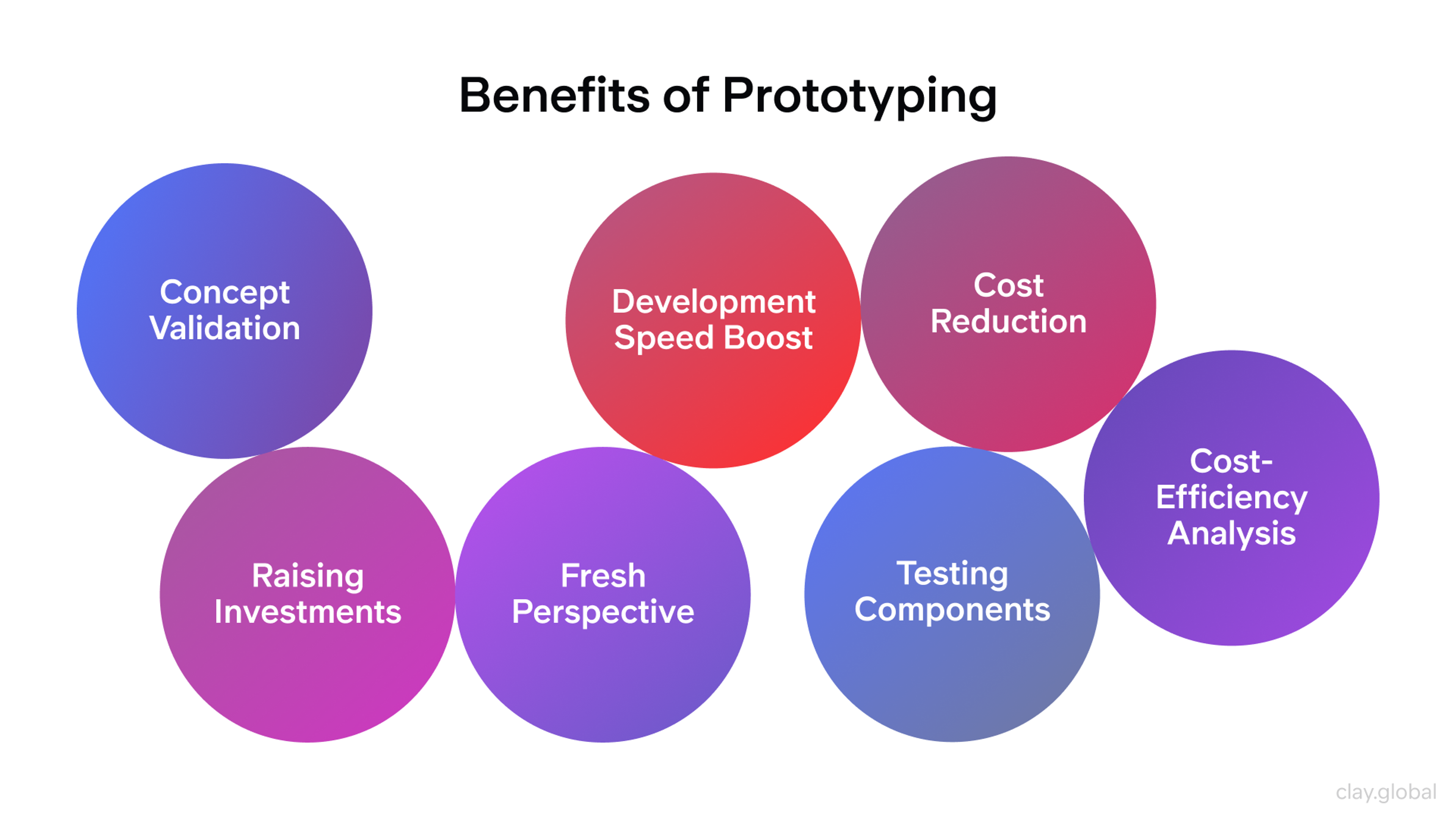
Client Feedback and Revisions
Client involvement is vital at every step, especially during design. The team creates mockups and drafts, then asks for feedback. Revisions continue until the work matches the client’s vision.
Changes happen in cycles. Each round fixes concerns before moving to development. This reduces risk and keeps scope clear.
A design phase often takes two to four weeks. Timing depends on project depth and how engaged the client is. By the end, the team delivers a detailed design spec. It explains how to turn the visuals into a live, browseable site for real users.
Development Phase (2-4 weeks)
The development phase is the most critical stage of the website development project. It involves the actual building of the website, including the design, coding, and testing.
Developing an online store requires careful planning and integration of e-commerce capabilities, which can significantly impact the development timeline.
During this stage, the development team will work on creating the website’s layout, user interface, and user experience, ensuring that the site is both visually appealing and functional.
The team will also develop the website’s functionality, including the integration of third-party services and APIs. This might involve setting up e-commerce capabilities, contact forms, or other interactive elements that enhance the user experience.
The development phase typically takes between 2-4 weeks, depending on the complexity of the project and the size of the development team. Efficient collaboration and communication among team members are crucial to ensure that the project stays on schedule and meets the client’s expectations.
Design Phase and Web Development Process (2-4 weeks)
At this stage of the development life cycle, the website’s design is implemented as an active and functional structure. For simpler projects, creating a basic WordPress website can be a quick and efficient solution, often requiring less time compared to more complex custom websites. However, a well-structured website development timeline is critical for keeping projects on track and achieving success.
The front-end and backend integration considers all possible connections essential to ensure the site functions as intended.
Full-stack Development
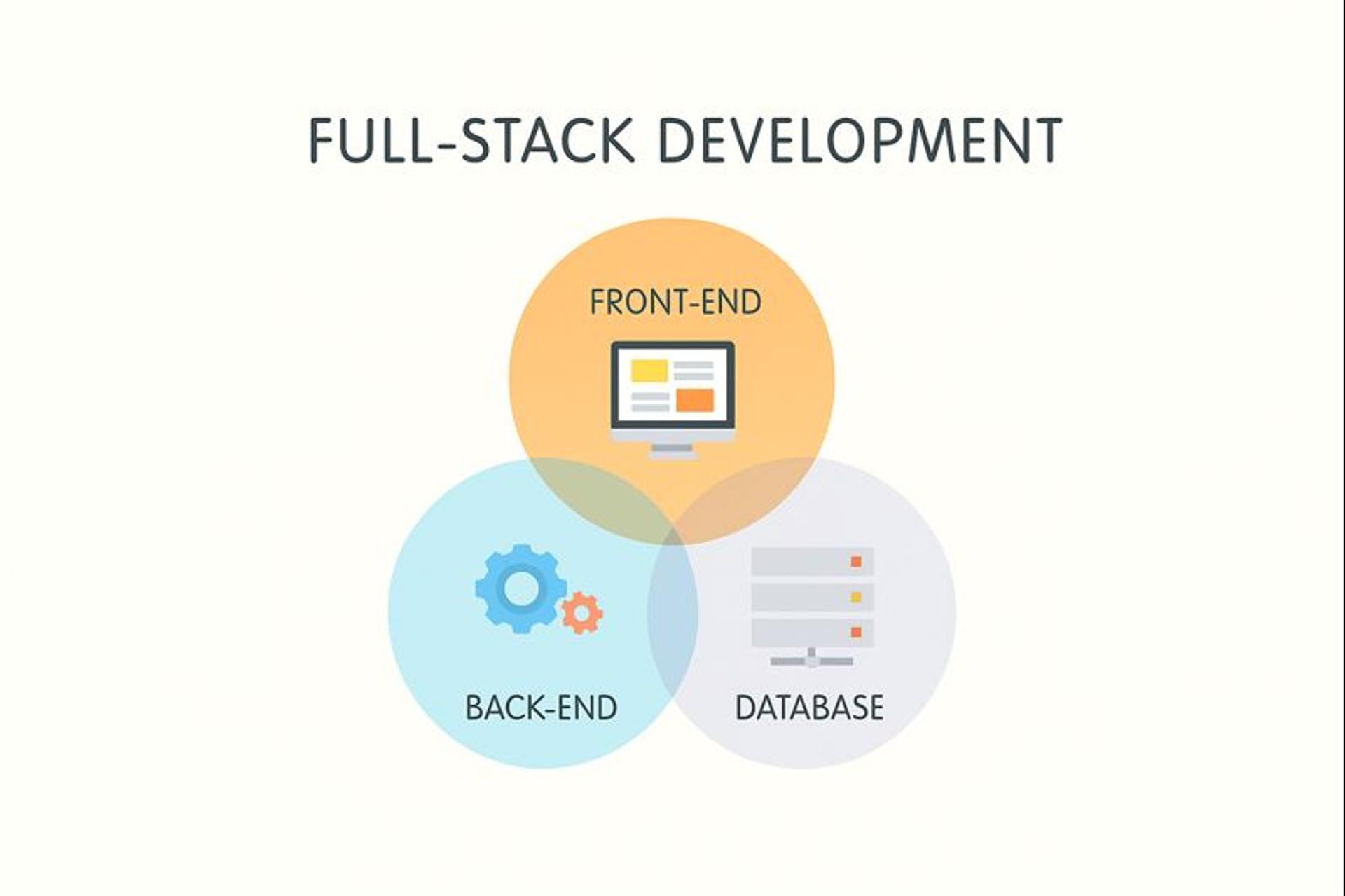
Front-end Development
This component deals with the development of the site and, more specifically, its HTML, CSS, and Javascript elements that create the appearance of the pages. Only front-end developers rely on design layouts and build the graphical user interface, creating clean and ready-to-program code.
This is where the working components and the adjustable structure of the site are made so that the website appears to be alright by performing appropriately on multiple devices with various screens.
Backend Development
If the project requires it, backend development is important in processing capability for server-side logic, database management, and software integration.
The necessary hardware for the servers is set up and linked to fast and secure the information that is needed. This also varies with high-level needs and involves API integration, Database integration, or site-specific developments as defined by the project.
Content Creation and Integration (2-4 weeks)
Content turns your website’s purpose into something people can see and feel. Create it with a clear view of your goals and audience.
Writing and Editing Website Copy
Use your research to write clear, engaging text. Share your message in a simple, human voice. Draft titles, articles, product pages, and other web content. Then proofread carefully. Fix errors, tighten wording, and keep the brand’s style consistent.
Sourcing or Creating Images and Media
Choose visuals that support the message. Use photos, graphics, or video to clarify ideas and add interest. Create new assets when needed or source high-quality ones. Make sure every image fits the story and improves the page.
Populating the Site with Content
The last step involves organizing the information so that the audience finds it engaging. When developing a website, relevant text, images, and media are inserted in predetermined sections of the site with due regard to the format provided.
During the process, great care is also taken to ensure that the text is integrated into other acquisitions on the website in a way that makes sense.
In the Serena & Lily project, we meticulously organized content to ensure it was presented engagingly for the audience. Relevant text, images, and media were strategically placed in predetermined sections of the website, maintaining a cohesive and logical format throughout.
Great care was taken to integrate text with other visual elements, creating a seamless and aesthetically pleasing user experience. This careful attention to detail ensured the final layout was visually appealing and easy to navigate.
Source: Serena & Lily website
The interaction between the content writers, designers, and developers is essential during this stage. Periodic evaluations help assess the content’s effectiveness and how it relates to the project as a whole.
The length of this phase is usually two to four weeks and depends on the volume and the level of intricacy of the content needed. By the end of this stage, the website will be filled with almost all the new content and ready for further activities in the construction process, which will progress towards its final launch and operation.
Testing and Quality Assurance (1-2 weeks)
The testing and quality assurance phase ensures your site works everywhere and meets high standards. Teams run careful checks to find and fix issues before launch.
Cross-browser and device testing
The site is tested on major browsers and devices. Chrome, Firefox, Safari, and Edge must behave the same. Android, iOS, tablets, and many screen sizes are checked. Responsive behavior is verified so people get a smooth experience on any device.
Performance optimization
Load speed and interactivity are measured and improved. Images and files are compressed to reduce weight. JavaScript and CSS are organized to cut requests. Browser caching is enabled to speed repeat visits. These steps improve user experience and help search rankings.
Bug fixing and final adjustments
Testers report any errors or inconsistencies. Developers fix broken links, layout issues, and functional bugs. Final polish aligns the site with the project goals and raises overall quality.
Collaboration and timeline
Developers, QA testers, and other teammates stay in close contact. This phase usually takes one to two weeks. The time allows full checks and careful improvements without rush.
Launch readiness
When testing is complete, the site is stable, fast, and consistent. It is ready for a confident first release.
Importance of Performance Optimization

Launch and Post-Launch (1 week)
The website development process ends in the launch and post-launch phases when the site moves from the staging phase to production status. The launch phase is significant because it enables the new site to be launched without any hiccups and operate without any problems once it is activated.
Final Review and Approval
Prior to launching the website, there is an extensive final review to ensure that all aspects of the site and project meet the client's satisfaction and requirements.
This entails reviewing a list of features and designs, as well as the correctness of content. Once everything is confirmed to be in order, the website receives the necessary approvals for launch.
Website Deployment
With approval in place, the website is transferred from the development environment to the live server. This involves domain registration provisioning, establishing hosting details, and confirming that the relevant databases and server applications are operational. The deployment is done accurately to avoid lengthy interruptions in user availability and practical usability.
What Can Delay a Website Design Project?
Delays happen, even with a solid timeline. Real projects hit bumps that push launch dates.
Access issues slow everything down. If developers lack CMS or domain permissions, they can’t code or set up custom parts.
Build complexity adds time. Heavy custom code takes longer than a site built on a theme or template.
Too many revision rounds also cause delays. Each loop takes time, especially when feedback arrives in fragments. Clear, combined feedback early is faster than small changes spread across many cycles.
Unclear direction in design is another pitfall. “Figure it out later” does not work here. Without a clear brief, the team may build off-target and need major rework. Wireframes and mockups align vision early, but they need your input.
With growth-driven design, the site keeps evolving. Ongoing optimization improves UX and lifts conversion over time.
Delays are frustrating, but the outcome can still shine: a beautiful, user-friendly site that reflects your brand, connects with your audience, and performs well in search.
Timelines for Different Website Types
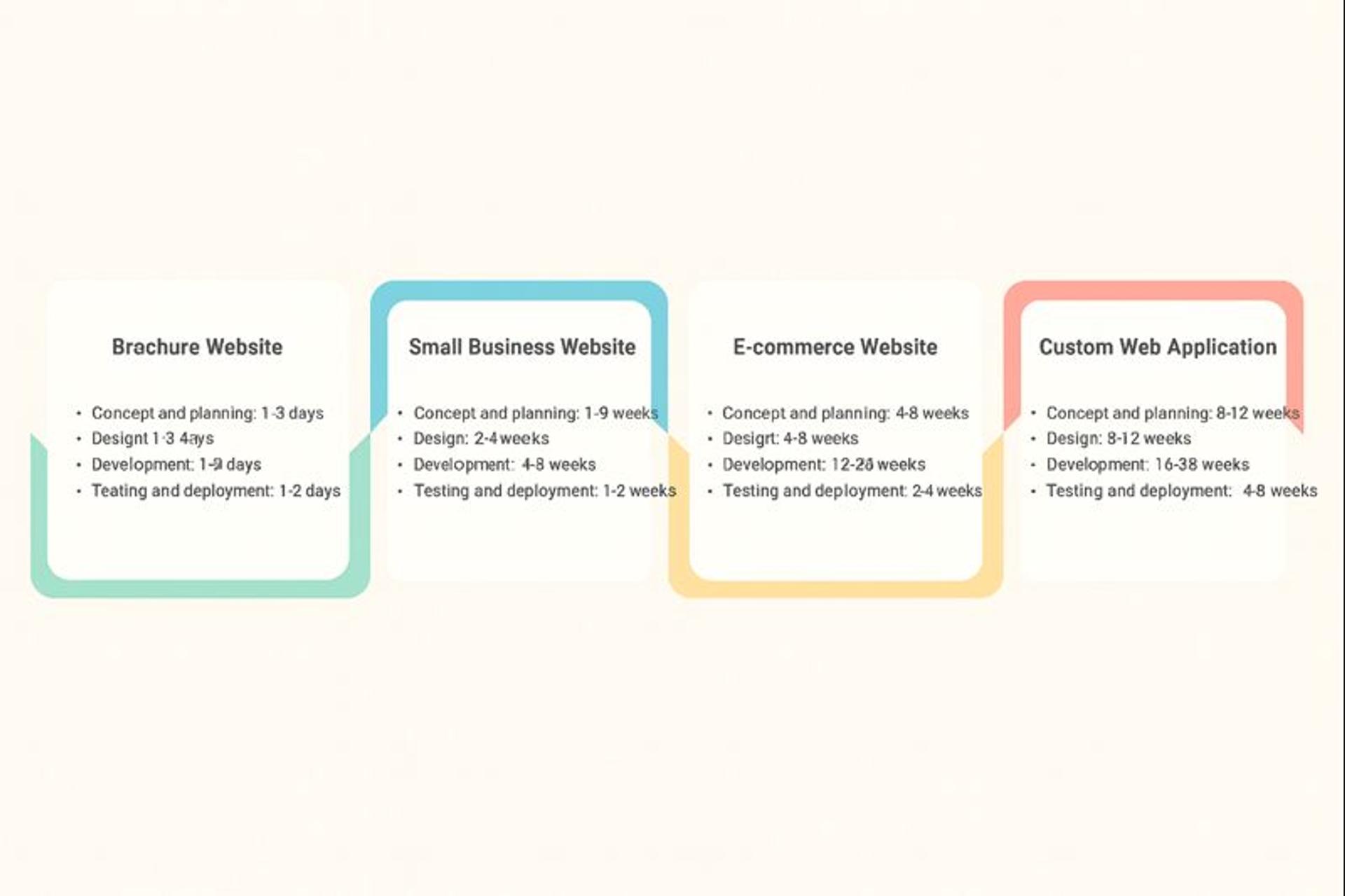
Efficient Website Development Tips
Here are some efficient website development tips to help you streamline your website development process:
- Use a project management tool to track progress and collaborate with team members
- Use a version control system to manage code changes and track revisions
- Use a website builder or content management system to speed up development
- Use automated tools and services to streamline tasks such as content creation and image optimization
- Prioritize features and focus on the most important aspects of the website
- Conduct regular reviews to ensure the project is on track
- Create a backup plan to ensure the project is not disrupted by unexpected issues or problems
FAQ
How Long Does It Typically Take To Design A Website?
A small site can take 2–6 weeks, while larger, custom projects may take 2–6 months depending on scope and revisions.
How Long Does It Take To Build A 100 Page Website?
A 100-page website can take 3–6 months, depending on content readiness, features, and team size.
How Many Hours To Build A 5 Page Website?
A simple 5-page website usually takes 20–50 hours, covering design, coding, and testing.
How Long Does It Take A Spider To Make A Web?
Most spiders build a web in 30–60 minutes, depending on species and complexity.
Read More:
Conclusion
Creating a website invites the incredible creativity of a person. Still, all the steps of the offered process are very elaborate and take the promptness of its fulfillment, specialized knowledge, and teamwork.
Clear communication—content versus expectations—and appropriate project management tools will assist in simplifying the development process.
There is no doubt that several unforeseen aspects require the Pages P repeatability, not the process. These include tackling problems and seeking advancements not foreseen at the start of the process.
The great majority of new websites are designed and constructed according to the guidelines provided at the very beginning of the project. The end goal is achieved at the launch of a site: the aims defined initially are sufficiently reached.


About Clay
Clay is a UI/UX design & branding agency in San Francisco. We team up with startups and leading brands to create transformative digital experience. Clients: Facebook, Slack, Google, Amazon, Credit Karma, Zenefits, etc.
Learn more

About Clay
Clay is a UI/UX design & branding agency in San Francisco. We team up with startups and leading brands to create transformative digital experience. Clients: Facebook, Slack, Google, Amazon, Credit Karma, Zenefits, etc.
Learn more


